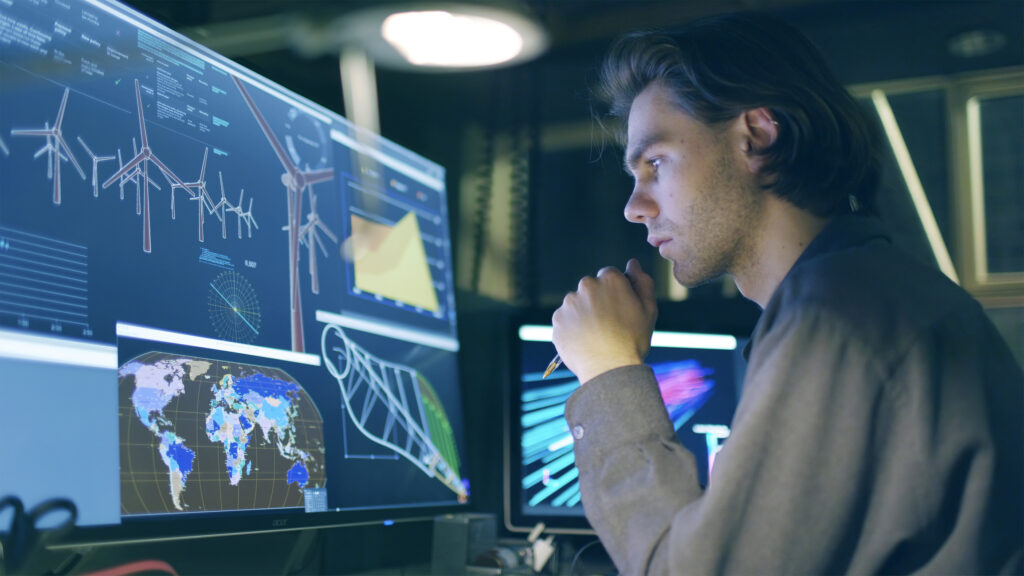Article
Navigating the challenges of grid connection and compliance in renewable energy
Adapting to the Dynamics: The Importance of Grid Connection and Compliance
In the ever-evolving landscape of power systems, integrating new energy sources into the existing grid is similar to adjusting to complex and shifting dynamics. As renewable generation like wind and solar becomes increasingly prevalent, TSOs and DSOs are tasked with the intricate challenge of weaving these variable power sources into their systems. This effort goes beyond simple plant connection; it’s about ensuring that these new entrants can harmonize with or replace traditional power sources, all while maintaining the grid’s stability and reliability.

The journey towards the 2030 emission targets is fraught with challenges, including diminished system inertial response, grid forming, frequency and voltage stability, harmonic stability, and more. Yet, these obstacles also present opportunities for innovation, leading to smarter, more adaptable grids capable of supporting a diverse mix of energy sources.
As we delve deeper into the complexities of grid connection and compliance, it becomes evident that a strategic approach is essential for successful integration.
Moving from the broader challenges of grid connection to the specifics, the next step focuses on ensuring that renewable energy systems are fully compliant and capable of contributing positively to grid stability.
Demonstrating grid compliance means showing adherence to the established pathways and milestones – the grid connection requirements – to seamlessly integrate into the grid. For generating plants, this involves various deliverables like compliance statements, technical data, certificates, simulation studies, or field testing to meet design and operational standards.
In the realm of renewable energy, we have the expertise to help OEMs, plant owners, and operators navigate the multifaceted and changing landscape of grid integration.
Grid connection and simulation studies: We guide through the complex grid connection process, coordinating with TSOs/DNOs, performing comprehensive simulation studies, and ensuring compliance with grid codes and relevant agreements. Our expertise ensures a streamlined and successful integration experience.
Grid compliance and new product development: Our knowledge extends to navigating through the evolving process of plant connection, ensuring compliance with grid standards, and developing products capable of enduring fluctuating conditions. We offer extensive plant and product testing, advanced testing setups, collaboration with certification bodies, and detailed documentation preparation. Our support in testing and commissioning stages guarantees that your renewable energy systems are not just compliant but excel in their operational performance.
Explore our services and learn how DIS/CREADIS can guide you to grid connection and compliance at DIS/CREADIS power systems design.
Related cases
Case
Read the full story
Case
Read the full story
Case
Read the full story
Are you interested in learning more about DIS/CREADIS?
Enter your information in the form and we will contact you shortly.